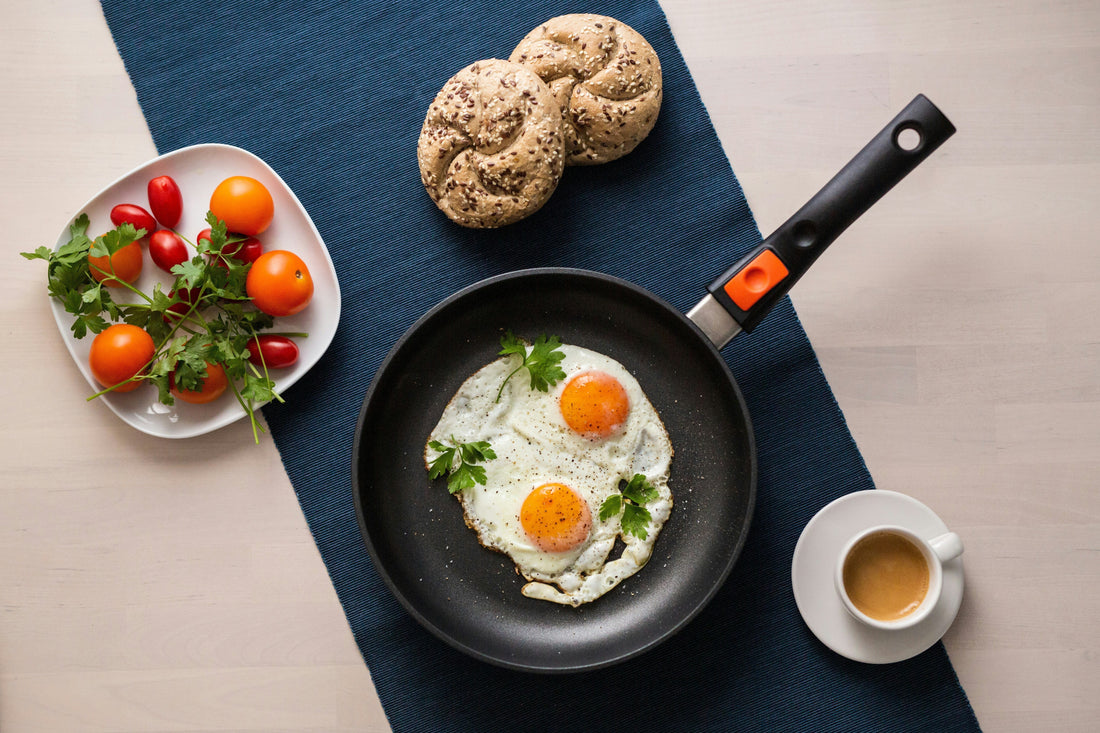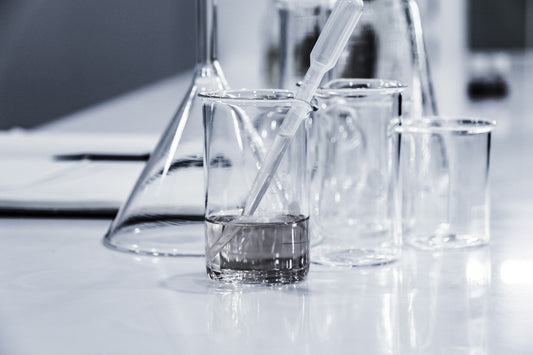
Beginner’s Guide to PFAS-Free Cookware: What to Buy and What to Avoid
Share
👀 TL;DR (Too Long; Didn’t Read)
✅ 1. PFAS are used in most traditional nonstick pans (e.g. Teflon).
They make cooking easier but can release toxic fumes when overheated.
✅ 2. “PFAS-free” cookware options include stainless steel, cast iron, glass, and certain ceramic-coated pans.
These materials are safer for both your health and the environment.
✅ 3. Not all ceramic cookware is PFAS-free.
Some use mixed coatings, so check for third-party certifications or clear PFAS-free claims.
✅ 4. Avoid vague marketing terms like “eco nonstick” or “green pan” without certifications.
These phrases are unregulated and can still include PFAS-based coatings.
✅ 5. Always verify brands with transparency.
Look for companies providing material details, safety testing, or certifications (GreenScreen, Cradle to Cradle, etc).
🔬 Dive Deeper: Choosing PFAS-Free Cookware with Confidence
Why are PFAS used in cookware?
PFAS (Per- and polyfluoroalkyl substances) are valued for their heat resistance and nonstick properties, especially in PTFE (Teflon) coatings. They prevent food from sticking, making cooking and cleaning easier. However, when overheated (above ~500°F / 260°C), PTFE coatings can break down, releasing toxic fumes harmful to humans and pets (particularly birds).
Best PFAS-Free Cookware Options
🥇 Ceramic-Coated Nonstick Cookware
- Metal base (usually aluminum) with a silica-based ceramic coating.
- Often marketed as “nonstick ceramic.”
- Safer than PTFE but durability varies; coating can wear down over time. Always confirm “PFAS-free” and seek third-party certifications.
🥇 Cast Iron & Enameled Cast Iron
- Naturally nonstick when seasoned properly.
- Provides excellent heat retention.
- Enameled versions add easy cleaning without needing seasoning.
🥇 Stainless Steel
- Durable, non-reactive, and completely PFAS-free.
- Best for searing and browning foods.
- Requires oil or water to prevent sticking.
What to Avoid
⚠️ Traditional Nonstick (PTFE/Teflon) Cookware
Even “PFOA-free” Teflon still uses PTFE, a PFAS compound. Avoid if seeking completely PFAS-free solutions.
⚠️ “Eco” or “Green” Nonstick Pans Without Verification
Marketing claims like “green,” “eco,” or “safe nonstick” are unregulated. Check materials, ask brands for lab testing, or look for recognized certifications.
Certifications to Look For
✅ GreenScreen Certified™
✅ Cradle to Cradle Certified®
✅ MADE SAFE
✅ Oeko-Tex Standard 100 (textiles for handles or accessories)
These indicate a brand has taken steps to ensure their products are free of toxic chemicals, including PFAS.
Learn more about the different certifications you can trust.
💡 Why This Matters
PFAS are called “forever chemicals” because they don’t break down in the environment or your body. Choosing PFAS-free cookware protects your health, supports sustainable manufacturing, and reduces persistent pollution.
At Verdolea, we’re building a platform where you can shop and compare only verified PFAS-free cookware, so you never have to second-guess your kitchen choices.



